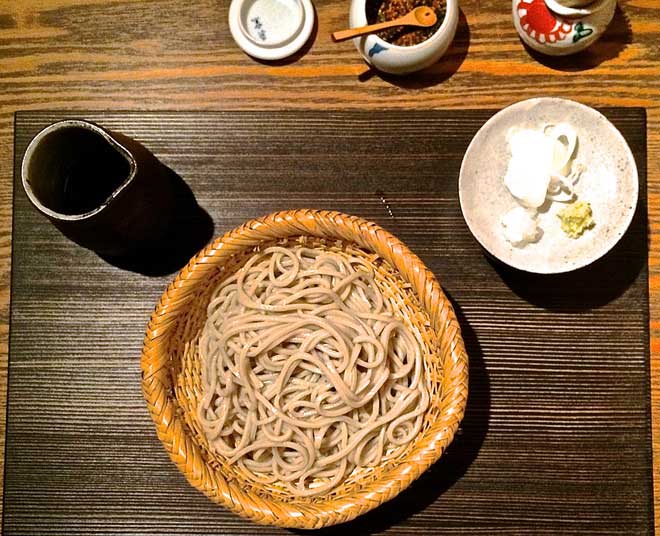This device was developed by Japanese engineers. It has the capability to measure the amount of buckwheat particles in soba noodles, the surface texture of the noodles, the viscosity of the sauce, and the temperature of the noodles. By utilizing this technology, vendors can ensure the quality and taste of soba noodles every day.
In reality, assessing the quality of soba noodles is quite challenging. The new device can “score” the taste and quality of soba noodles in just a few seconds.

Japanese soba noodles. Researchers in Japan have recently created a device that can evaluate the taste of soba noodles – (Photo: japantimes/ROBBIE SWINNERTON)
Japanese engineers have recently created the world’s first device capable of analyzing the taste of soba noodles – a traditional Japanese noodle made from buckwheat.
Developed by Yatsurugigiken Inc. and Shinshu University in Nagano Prefecture, Japan, this device can evaluate the taste and display the quality results of soba noodles numerically within seconds.
In fact, evaluating the quality of soba noodles is very difficult because the aroma and flavor of the noodles can be affected by the cooking method. However, the engineers at Yatsurugigiken Inc and Shinshu University have utilized objective data to calculate the taste based on the main ingredient of soba noodles, which is buckwheat flour.
By projecting ultraviolet light from an LED onto about 2 grams of buckwheat flour, they can determine the flavor index concerning phospholipids, proteins, and other substances within seconds. The device will display the evaluation metrics across four categories, including aroma and color, on a scale from 1 to 100.
According to Naoya Shimizu, president of Yatsurugigiken Inc., seven years ago, the company began collaborating with Shinshu University. Initially, Yatsurugigiken aimed to create a device capable of classifying buckwheat grains based on their quality. However, they abandoned this plan due to challenges in bringing the product to market.
Subsequently, they shifted their goal to develop a device that could analyze the flavor of buckwheat flour.
The manufacturers received a patent for this device in June 2022.


















































